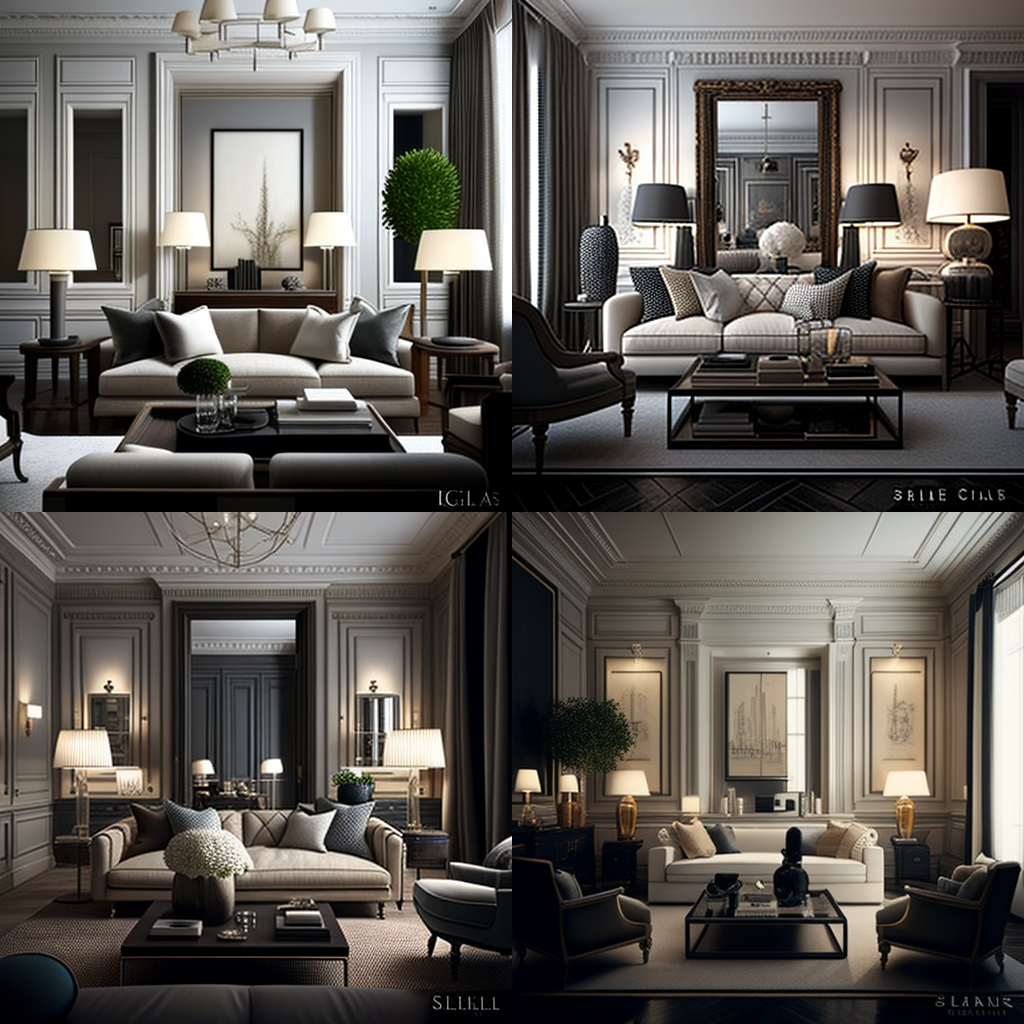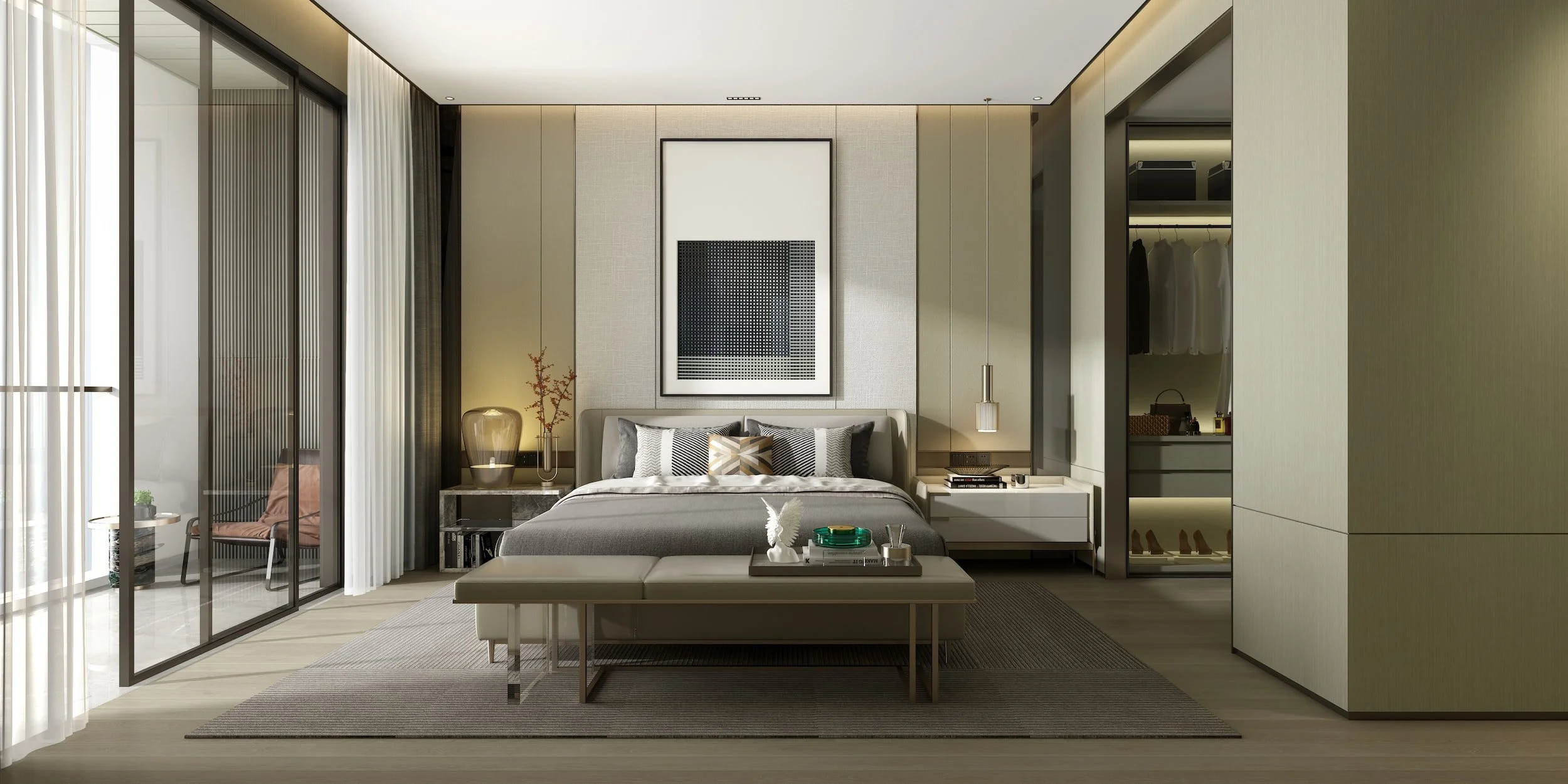1. The Importance of Luxury Furniture in Interior Design
Quality That Speaks Volumes
When clients hire an interior designer, they expect access to the best resources on the market. High-end, luxury furnitureoffers superior construction, premium fabrics, and a level of durability that ensures pieces stand the test of time. Instead of settling for mass-produced items, you can showcase custom or limited-run furnishings that truly distinguish your work.
Bespoke Craftsmanship
Meticulous attention to detail is a hallmark of luxury design. At Olivya Stone, our artisans and craftspeople dedicate themselves to bringing out the subtle yet significant nuances in every piece—hand-carved legs, carefully stitched upholstery, intricate hardware, and more. This level of craftsmanship contributes to the unique character and timeless appeal that today’s luxury-minded clients crave.
Timeless Designs
Trendy styles may appear and fade quickly, but timeless design endures. By investing in furniture pieces that combine classic silhouettes with modern comfort, interior designers can ensure their clients’ spaces remain relevant and sophisticated for years.
2. Incorporating Luxury Furniture Across Various Design Styles
Modern Minimalism
Clean Lines & Subtle Details: Opt for streamlined silhouettes in neutral hues (think whites, grays, or blacks) to create a sense of understated elegance.
One Statement Piece: Allow a high-end sofa or sculptural coffee table to become the focal point.
Minimal Clutter: Let the quality of the furniture stand out by keeping accents and décor minimal.
Transitional Elegance
Blending Old & New: Pair contemporary materials (chrome or glass) with more traditional forms to strike a balanced look.
Soft, Neutral Palette: Use calm shades on walls and floors, then add depth with rich accent furniture.
Upscale Details: Metallic finishes, tufting, and unique hardware can elevate transitional interiors.
Classic Traditional
Ornate Craftsmanship: Carved wood frames, nailhead trim, and tufted upholstery evoke a timeless ambiance.
Luxurious Materials: Plush velvets, aged leathers, and heirloom-quality hardwoods add warmth and character.
Heritage Inspiration: Incorporate design motifs from established historical styles (e.g., French Provincial, Baroque) to anchor the space in enduring elegance.
3. Why Work with a To-the-Trade-Only Luxury Furniture Brand
Exclusivity and collaboration are at the core of to-the-trade-only relationships. Here’s how working with a specialized brand like Olivya Stone benefits professional interior designers:
Exclusive Access:
Our products aren’t available through typical retail channels. This exclusivity gives your projects a competitive edge and a sense of rarity that appeals to high-end clients.
Tailored Service:
We collaborate directly with designers, offering personalized consultations, detailed product information, and support at every stage of the design process.
Customization Options:
Need to tweak the dimensions of a loveseat or choose a specific finish for a dining table? We provide multiple customization possibilities to ensure that every piece meets your client’s unique needs.
Streamlined Logistics:
With a dedicated representative assigned to your account, deliveries and installations become more efficient, allowing you to focus on the creative aspect of your work.
4. The Olivya Stone Difference
Unparalleled Artistry
Our artisans pour heart and soul into each piece they craft. From hand-selecting the finest woods to applying intricate details, we ensure that every item reflects true bespoke craftsmanship. No piece leaves our workshop without passing a rigorous quality check, guaranteeing that the final product is as stunning as it is enduring.
Premium Materials
At Olivya Stone, we source only the best materials, whether it’s luxurious fabrics from top textile mills or responsibly harvested hardwoods. This ethical approach to material sourcing aligns with the modern client’s expectation for quality and sustainability in their home investments.
Exceptional Customer Support
We understand that interior designers have specific timelines and unique project requirements. Our team is trained to provide swift responses, offer realistic lead times, and help you navigate any customization queries. From initial concept to final installation, we stand by your side, ensuring a smooth experience for you—and by extension, your clients.
5. Tips for Selecting the Perfect Luxury Furniture Pieces
Even with an extensive catalog, picking the right pieces shouldn’t be overwhelming. Keep these tips in mind for a seamless selection process:
Assess the Client’s Lifestyle
Understand how the space will be used—formal entertaining, casual gatherings, or relaxed family living. This insight helps in choosing the appropriate materials and sturdiness level.
Focal Points First
Identify one or two focal pieces (a statement sofa, a grand dining table) to anchor the space. Build the remaining design elements around these showstoppers.
Curate a Cohesive Palette
Decide on the overall color scheme and stick to it. Uniform hues and complementary tones create a harmonious ambiance.
Factor in Scale & Proportions
Large, luxurious pieces in a small room can feel overwhelming. Similarly, delicate items in a large open area might get lost. Ensure the furniture aligns with the dimensions and layout of the space.
Embrace Customization
Don’t be afraid to customize. Whether it’s changing upholstery, altering leg finishes, or adjusting the size, tailored choices guarantee the perfect fit for your client’s needs.
6. Conclusion: Partner with Olivya Stone for Elevated Interiors
Creating exceptional interiors for discerning clients requires more than just standard furnishings. By partnering with Olivya Stone, you unlock access to to-the-trade-only luxury furniture that marries bespoke craftsmanship with enduring style. Whether you’re designing a modern, minimalist loft or a grand, traditional estate, our wide range of customizable options and unwavering dedication to quality ensures that every project is a resounding success.
Ready to explore our collection or discuss custom pieces tailored to your vision? Contact Olivya Stone today to discover how our luxury furniture can enhance your interior design projects—and elevate your reputation in the industry.










